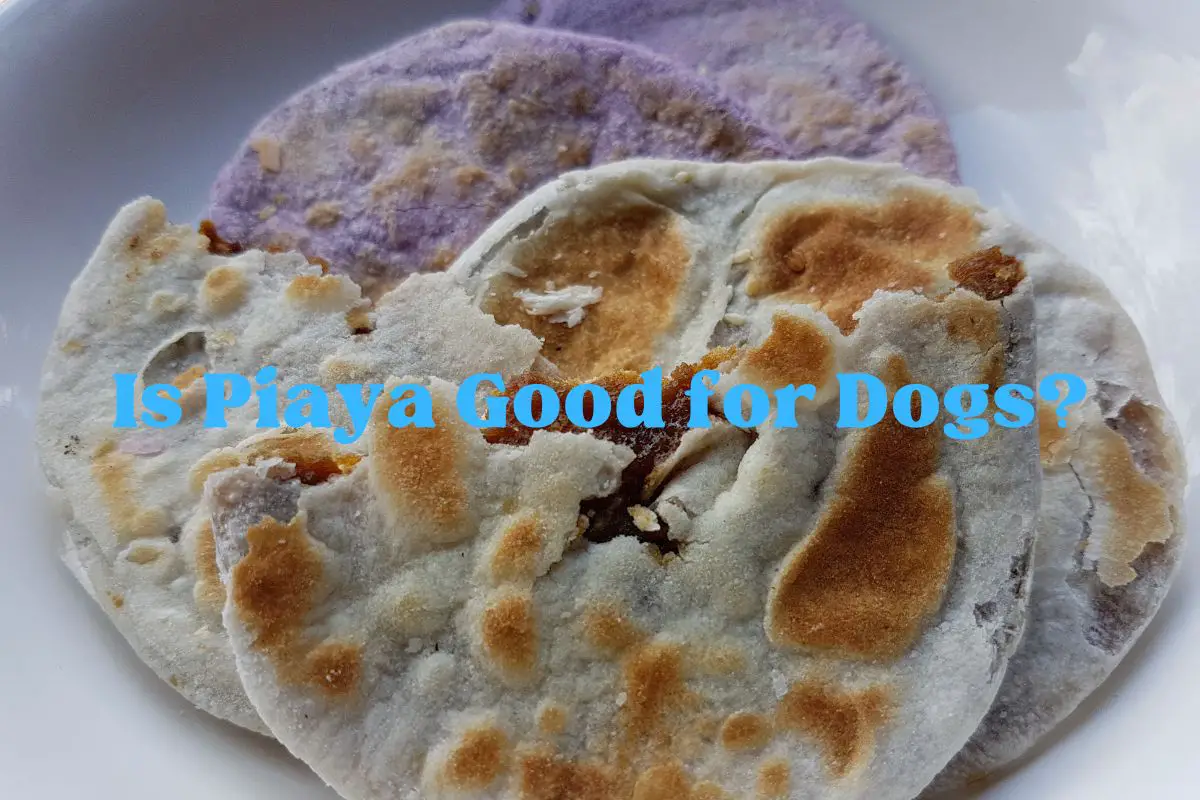For many dog owners, the urge to share a snippet of our meal or snack with our four-legged friends is a common impulse. With an array of human foods that are dubbed safe for dogs—ranging from certain fruits and vegetables to specific types of baked goods—the options may seem plentiful. Nevertheless, this window of shareable foods doesn’t open to everything on our plates, particularly when it concerns the wellbeing of our canine pals. This sparks a curiosity: Can dogs safely indulge in Piaya?
Unraveling the Essence of Piaya
Piaya, a celebrated sweet delicacy hailing from the Philippines, is primarily crafted from a filling of muscovado sugar enveloped in a sleek layer of unleavened dough. Featuring a signature flaky texture and enriched with the molasses-heavy sweetness of muscovado sugar, often accentuated with sesame seeds, Piaya is a hit among humans. But does it fare well on a dog’s menu? A closer examination of what goes into Piaya is necessary to answer that.
Diving into Piaya’s Constituents
Here’s a breakdown of the main ingredients found in Piaya and their compatibility with canine diets:
- Muscovado Sugar: Taking center stage in Piaya’s filling, muscovado sugar is rich in molasses flavor. Though not inherently toxic, the high sugar content poses risks, including obesity, dental decay, and the potential for diabetes in dogs, highlighting why sugary foods are a no-go for them.
- Unleavened Dough: The simple mix of flour, water, and oil isn’t directly harmful, yet it lacks the nutritional enrichment dogs need. Plus, wheat sensitivities in some dogs could provoke gastrointestinal discomfort.
- Sesame Seeds: These little seeds sprinkled over or mixed into Piaya are safe in non-toxic quantities, offering a whisper of healthy fats and minerals. However, the small amount used is hardly enough to be considered beneficial.
Evaluating the Nutritional Angle
Nutrition-wise, Piaya falls short of offering meaningful benefits to dogs, serving up mainly empty calories. The sugary aspect could contribute to unnecessary weight gain and assorted health quandaries, making it an ill-suited treat choice when compared to commercially available options tailored to canine nutritional requirements.
Concluding Thoughts on Piaya as a Dog Treat
Considering its high sugar content devoid of nutritional merits, advising against Piaya as a treat for dogs stands as a logical approach. While an occasional, minuscule share might not lead to instant harm, integrating it into your dog’s snack routine is ill-advised due to potential long-term health complications.
Safer Alternatives for Treating Your Dog
In the quest to treat your canine, safer alternatives like dog-safe fruits—think seedless apples, blueberries, or carrots—offer both the sweetness they may crave and essential nutritional benefits like vitamins, fiber, and hydration. Introducing any new food should be done with caution, in small doses, to avoid upsetting their stomach.
Final Reflections
Sharing our meals with our dogs is a gesture of love, yet it’s crucial that this love translates into choices beneficial to their health. While the allure of Piaya’s sweetness and unique flavor might tempt us to share, the potential health risks underscore the importance of opting for safer, more nutritious treat alternatives. Our dogs rely on us to make the best dietary choices for them, and when in doubt, seeking advice from a veterinarian is the safest bet. Have you ever found yourself puzzled over what treats are best for your dog? Let’s discuss more on how to keep our beloved pets healthy and happy!

